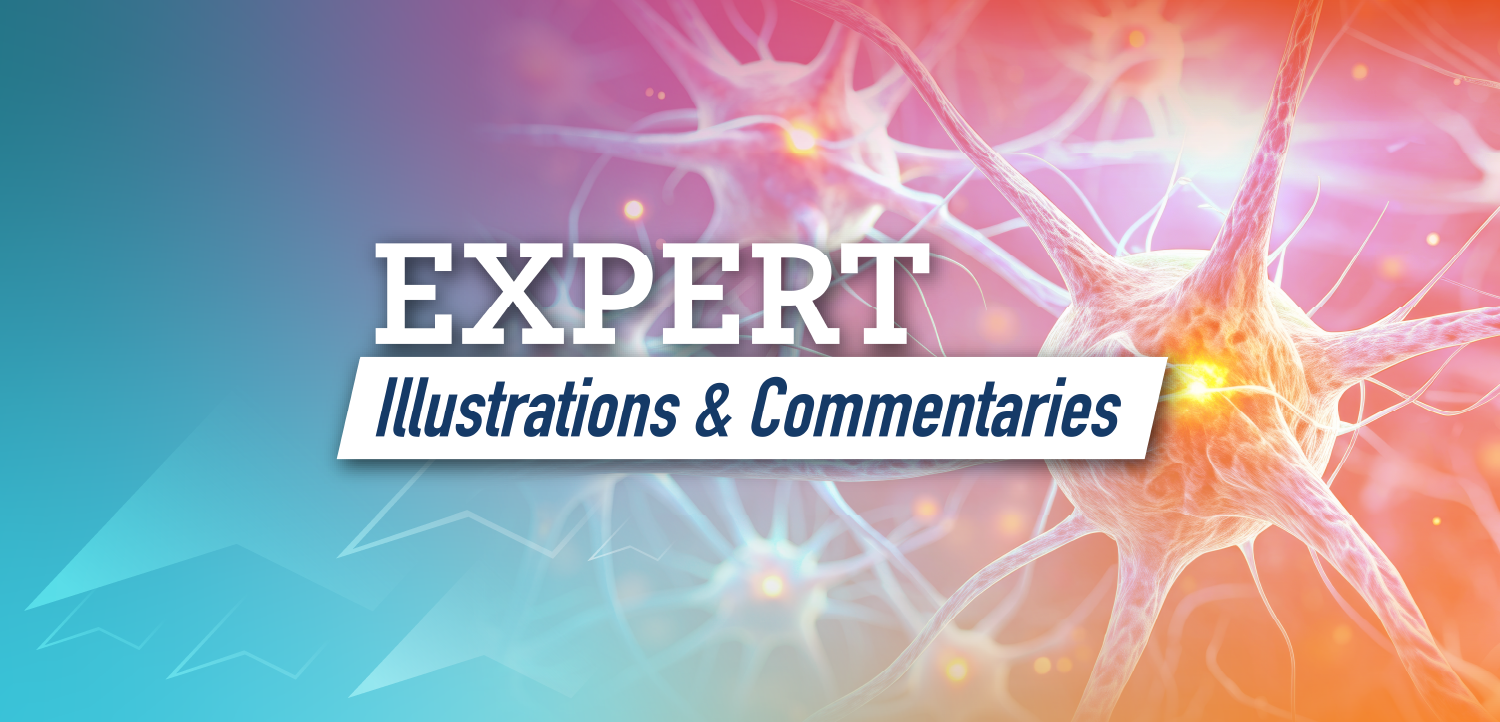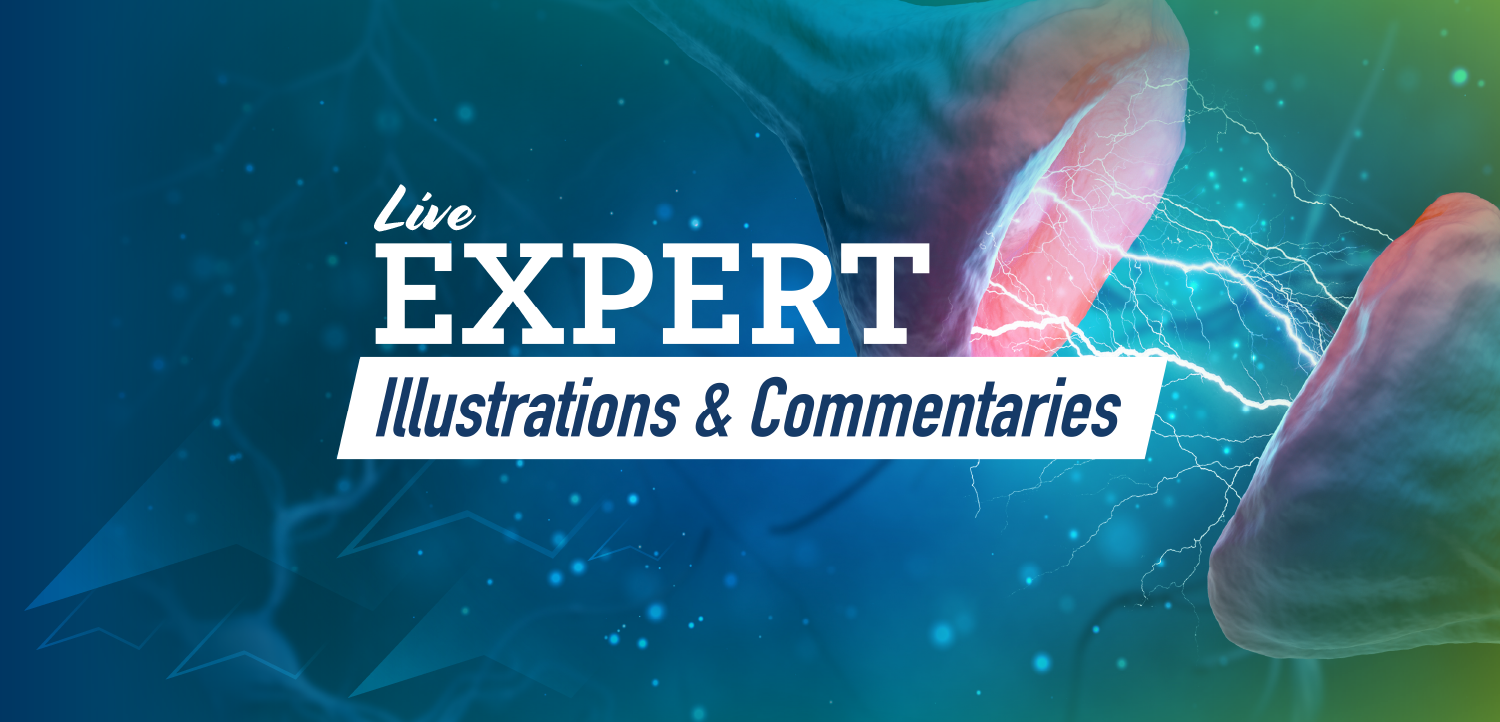
Post-Hoc Analysis of Predictive Factors for Response to Adjunctive Cobenfy
Key Takeaways
- Negative symptoms and stimulant use were strong predictors of positive response to Cobenfy in psychotic disorders.
- Intellectual disability was associated with a lack of response to Cobenfy treatment.
New analysis reveals that negative symptoms and stimulant use may predict positive responses to Cobenfy in schizophrenia treatment.
New post-hoc analysis shows negative symptoms and stimulant use were the strongest predictors of positive response to adjunctive xanomeline-trospium (Cobenfy). In the data of inpatient add-on administration of Cobenfy, presence of intellectual delay was found to be predictive of a lack of response to the drug.
Michael Halassa, MD, PhD, lead investigator of the study, said in an exclusive statement to Psychiatric Times, "the strongest predictor was prominent negative symptoms, which in an inpatient hospital setting [outside of Positive and Negative Syndrome Scale scores] is evaluated by withdrawal, affect flattening, and lack of spontaneous engagement. These are historically the hardest symptoms to treat, and they have the biggest impact on patients' ability to live full lives.” He pointed out that “while negative symptoms were the best predictor, they predicted a good overall response, not just that of negative symptoms."
The post-hoc analysis included 2 independent cohorts of patients with psychotic disorders in inpatient treatment. Cobenfy was administered to 49 patients, all diagnosed with either schizophrenia, schizoaffective disorder, or bipolar disorder with psychotic features. The decision to administer adjunctive Cobenfy was based on either presence of positive symptoms despite previous treatment with, traditional, D2 targeting antipsychotics, intolerance to these traditional medications, or mainly negative symptoms with adequate control of positive symptoms. Response to Cobenfy was determined by agreement between at least 2 clinical providers and nursing notes by multiple nurses. Negative response was defined as absence of observed improvement, and positive response was defined as unanimous agreement among providers that patient exhibited clinical improvement. No other changes were made simultaneously to the patient’s treatment during the analysis period.
In identifying predictive features, the investigator chose clinical attributes represented in 12.5% or more of the analyzed inpatient population. Features included were presence of negative symptoms, aggression, bipolar component, stimulant use, significant extrapyramidal symptoms with D2-targeting antipsychotics, and intellectual disability. Cannabis use, duration of untreated psychosis, and premorbid functioning were not used as predictive features due to common use and lack of consistent documentation, respectively. Investigators used computational clustering and discriminant analysis to identify predictors of response to Cobenfy.
Patients who had prominent negative symptoms or a history of stimulant use showed the strongest improvements when treated with add-on Cobenfy. Symptom changes for these patients were most noticeably in brightening of affect and increased social engagement. Patients who showed intellectual disability were notably less responsive to the addition of Cobenfy. Symptoms of aggression and bipolar features were not found to have a significant predictive value. The effect of Cobenfy on positive symptoms varied, with some patients showing reduction in hallucinations and delusional thinking.
Cobenfy is a novel muscarinic receptor agonist and antagonist and the first muscarinic targeting therapy approved for treatment of schizophrenia by the US Food and Drug Administration. Xanomeline is a selective M1/M4 agonist, which is believed to affect schizophrenia symptoms by modulating central cholinergic transmission, while trospium works to mitigate peripheral adverse effects. EMERGENT 1 and 2 clinical trials showed significant Positive and Negative Syndrome Scale score reductions.2
Halassa commented further to Psychiatric Times that "right now, when a first-line antipsychotic doesn't work well, the next step is often trial and error. What this work suggests is that we might be able to make more informed decisions¾if someone has prominent negative symptoms or a history of stimulant use, Cobenfy might be worth trying earlier rather than cycling through multiple traditional antipsychotics.” He added that “larger trials will have to test the robustness of these findings" in the future.
References
1. Halassa MM.
2. Kaul I, Sawchak S, Correll CU, et al.
Newsletter
Receive trusted psychiatric news, expert analysis, and clinical insights — subscribe today to support your practice and your patients.

















